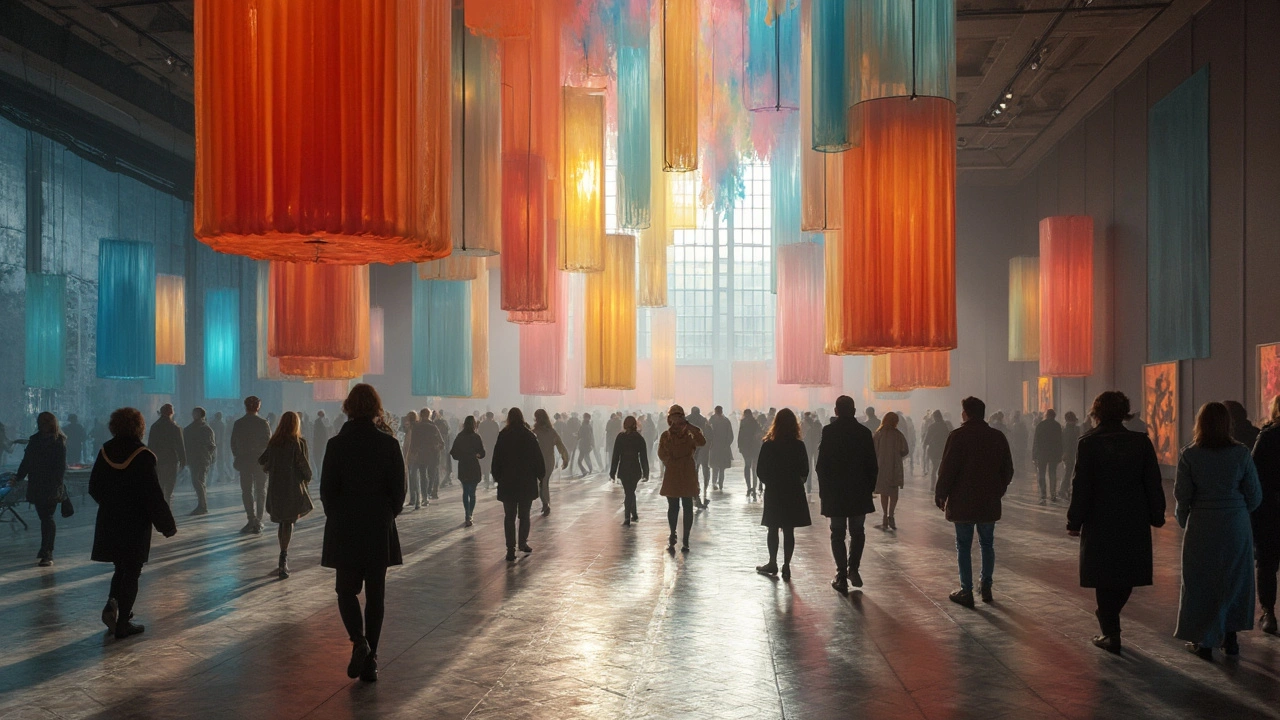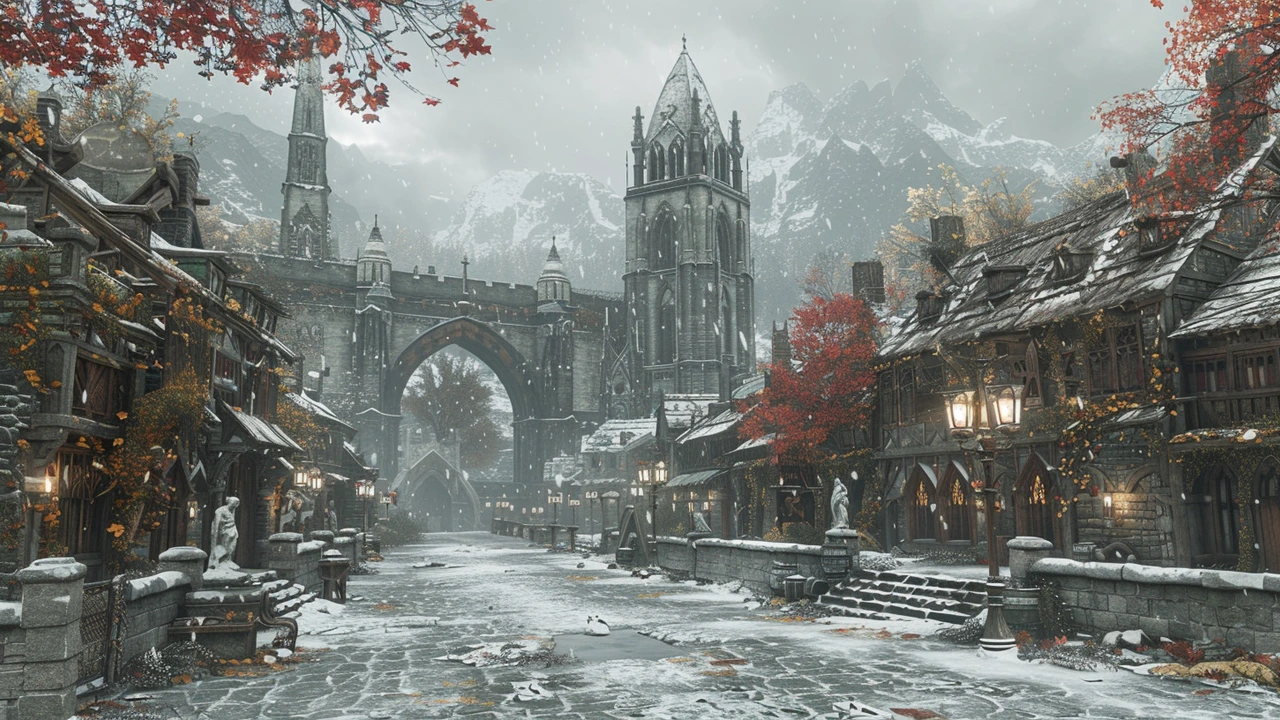Aesthetics: A Practical Guide to Visual Style
Aesthetics is how things look and feel. It’s the rules artists and designers use to make work stick in your mind. On Paul Artistry the Aesthetics tag gathers posts that show clear examples: photorealism that tricks the eye, Bauhaus designs that strip things to basics, Baroque drama that hits hard, and experimental movements like Fluxus and Land Art. You’ll find history, practical tips, and visual clues to recognize each style in real life.
If you want to pick an aesthetic for your home, start small. Choose one clear idea—simplicity, bold contrast, natural textures, or playful chaos. Match one or two elements across the room: a rug, a lamp, or a framed print. Photorealism and Bauhaus play well with clean lines and neutral palettes. Baroque and Avant‑Garde welcome ornate pieces and dramatic patterns. Mixing one modern piece with one classic piece often gives a balanced, lived-in look.
Using aesthetics in your art or projects
Think about what feeling you want to create. For emotional, expressive work choose color and gesture first. For precise, technical work focus on light, perspective, and material. For public projects like urban design or land art, plan for how people move through space. Small tests help: paint a sample wall, arrange furniture temporally, or mock up a digital poster. Pay attention to scale. A tiny ornate object can get lost next to a huge minimalist sofa.
Where to start reading
Start with posts that give clear examples and practical tips. Read the Photorealism articles for technique and spotting details. Read the Bauhaus and De Stijl pieces for simple compositional ideas you can apply to posters and apps. Check the Installation Art and Fluxus posts if you want interactive or performance ideas. The Harlem Renaissance and Baroque posts show how culture and emotion shape visual choices. Each post links to visual examples so you can see the idea in action.
Use this tag as a quick reference. Save articles that match the look you want. Try one idea at a time so changes feel manageable. If you’re an artist, test how small shifts change viewers’ reactions. If you’re decorating, pick one focal piece and build around it. If you’re curious about art history, follow the threads between movements—how Bauhaus borrowed clarity from earlier craft, or how Futurism pushed motion into design. That trace of influence is often where the best ideas hide.
A simple exercise improves your eye fast. Pick a single artwork or room and list five things you notice: shape, color, texture, scale, and light. Then ask what mood those choices create. Try changing one item on paper — swap the color, change the scale, or remove a pattern — and imagine the impact. Repeat this with different styles: compare a Bauhaus poster with a Baroque painting, then ask which parts would work together. Use photos on your phone to collect ideas. Create a small mood board of ten images. Keep it narrow: one theme, one color, one texture. Over time you’ll spot patterns and make smarter choices for art or design. Share your experiments with others for feedback.


